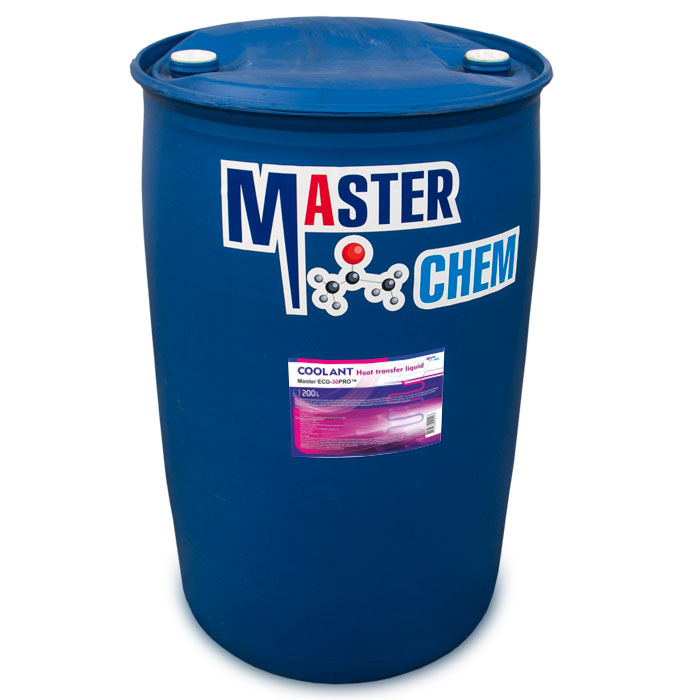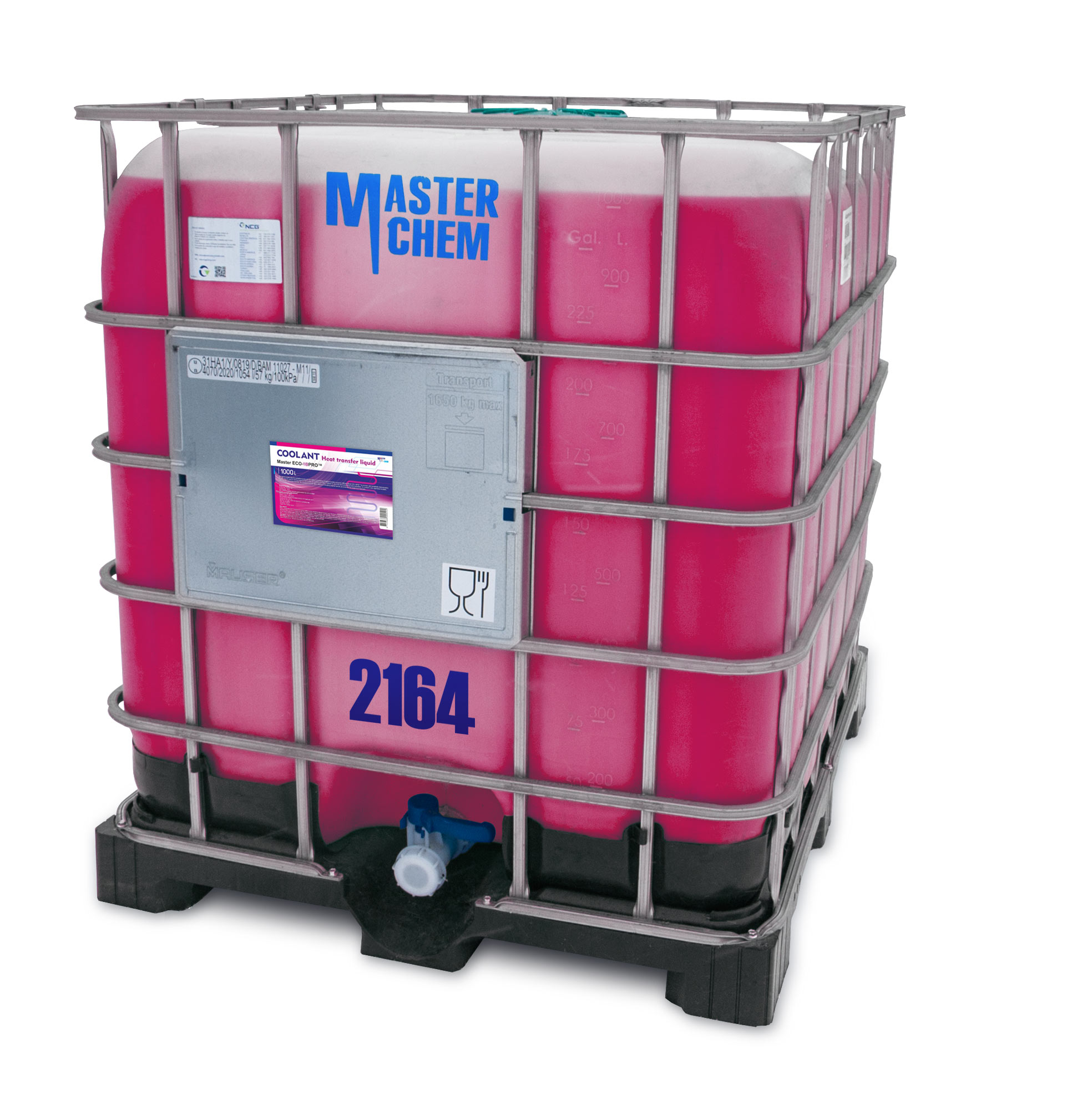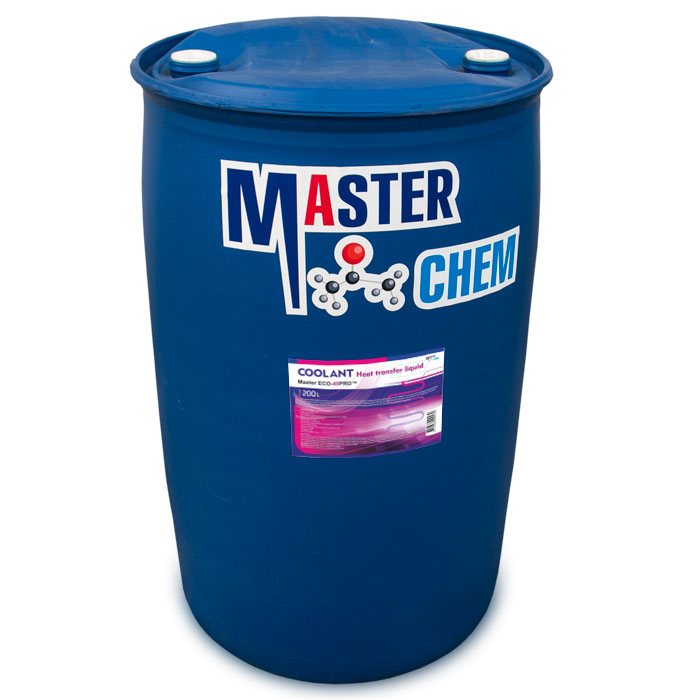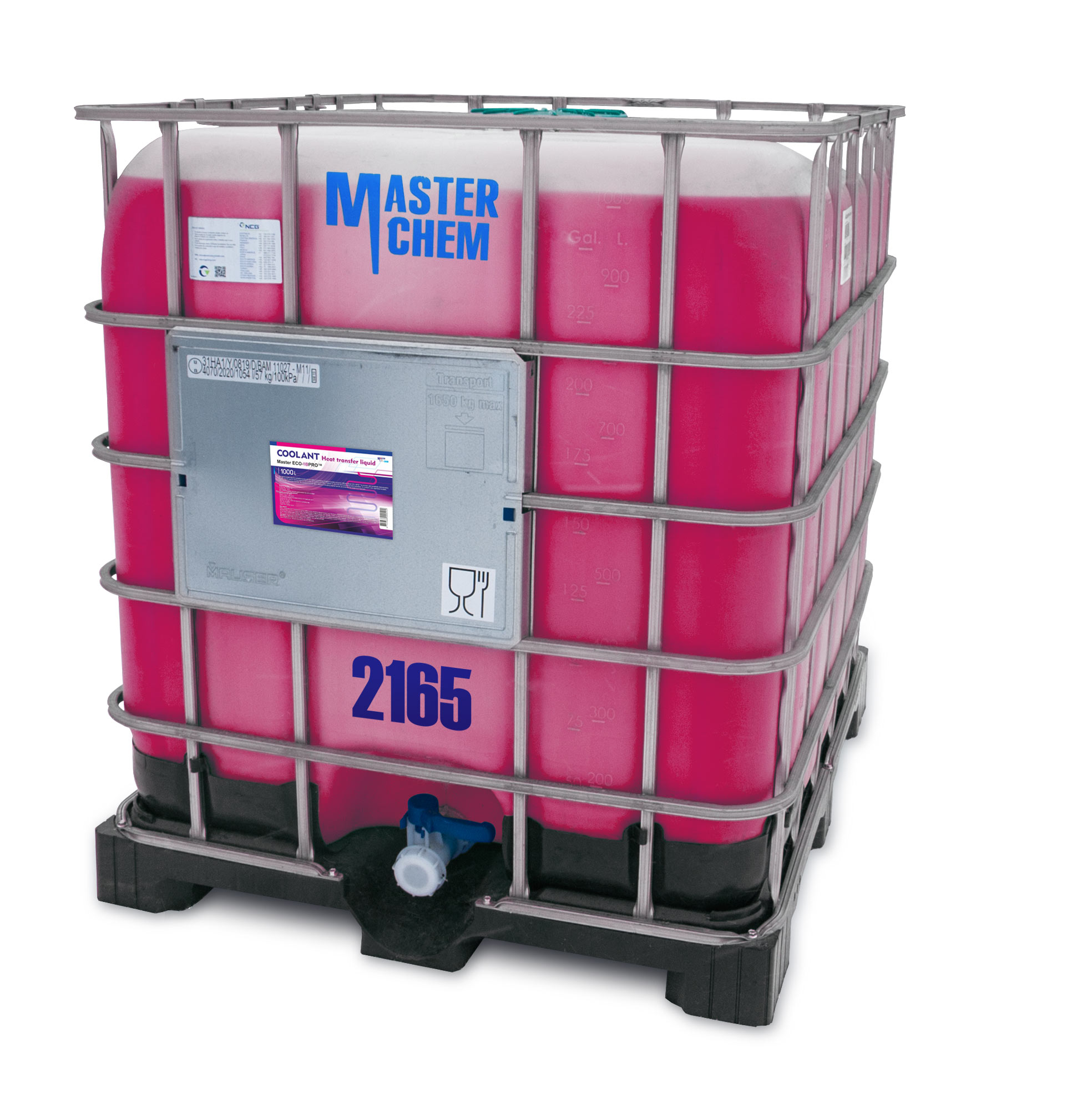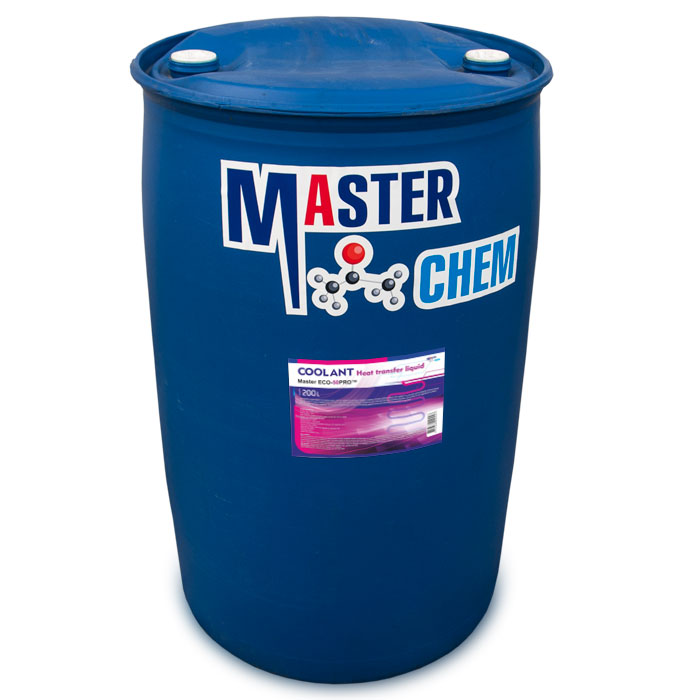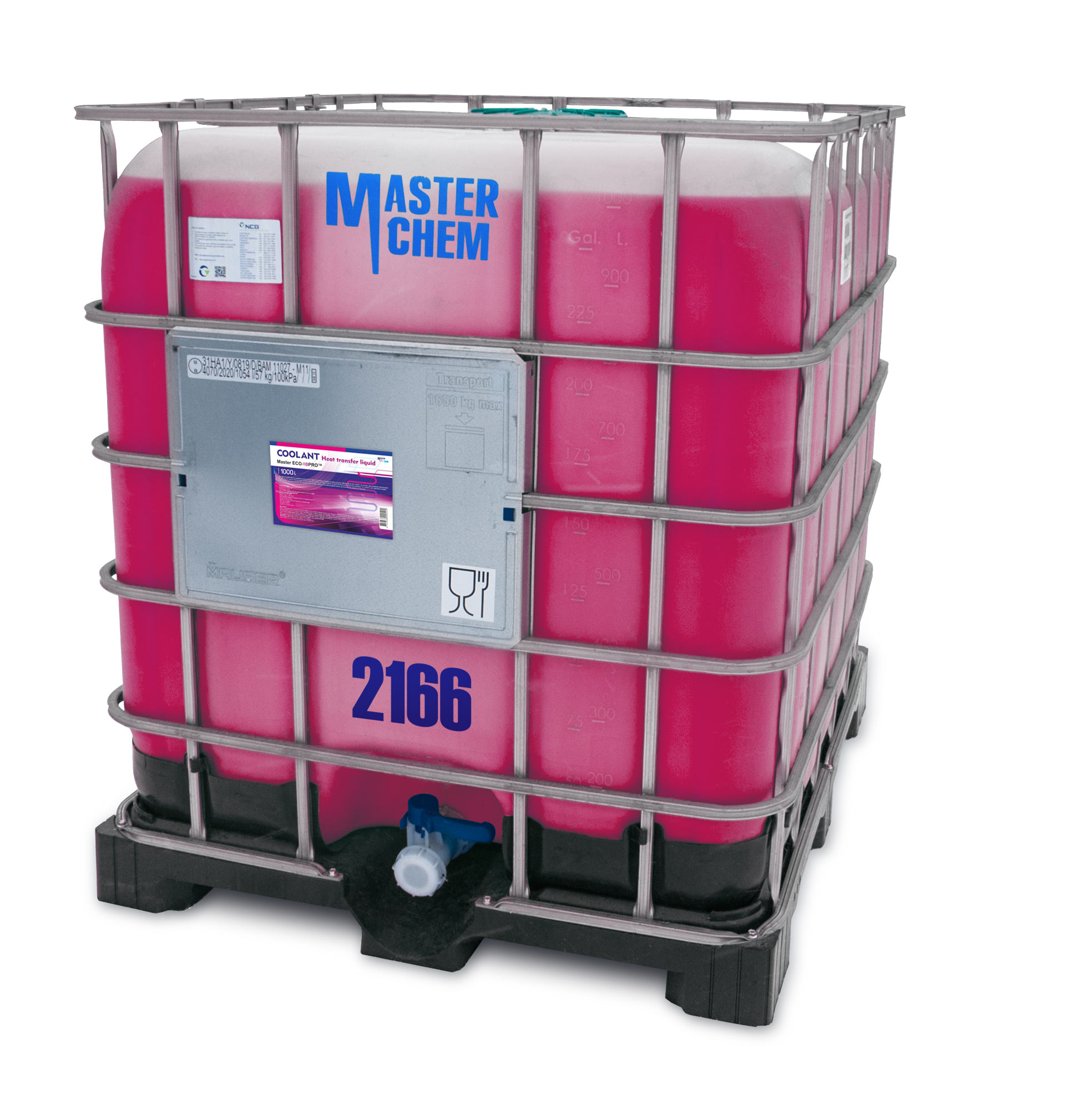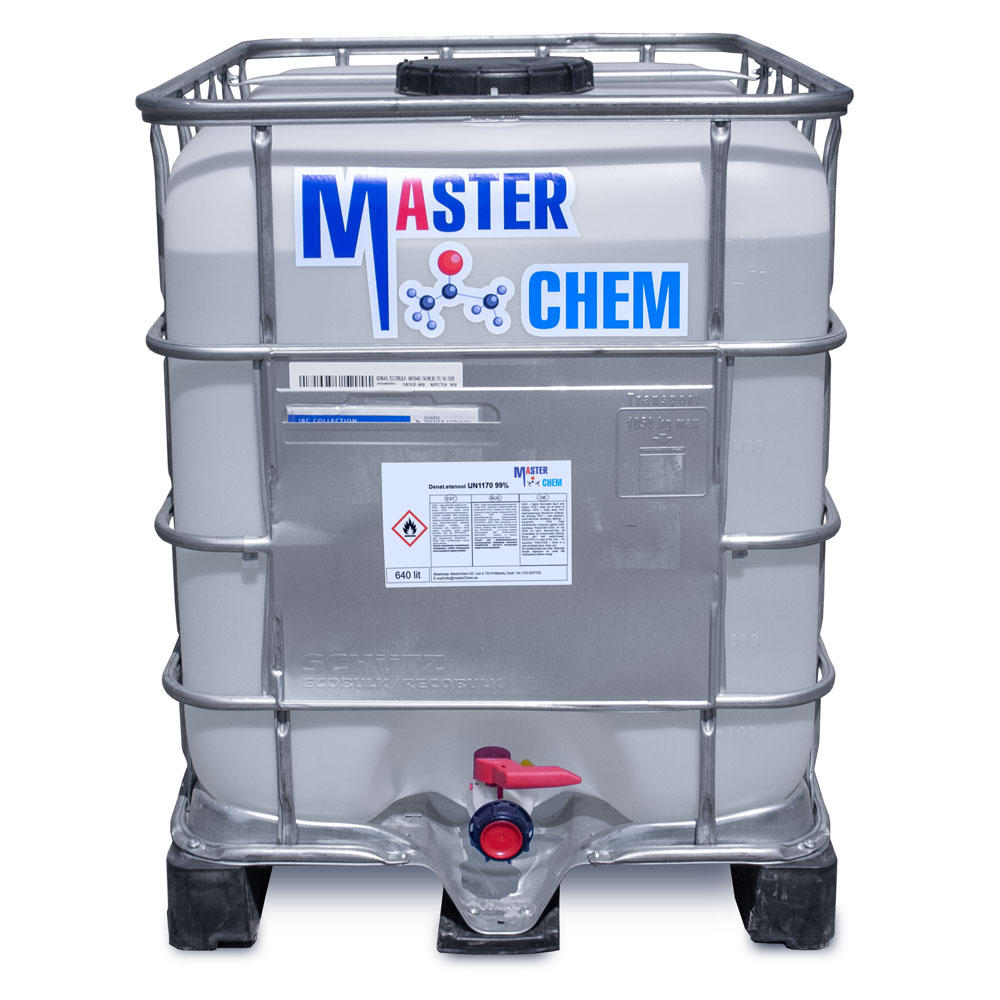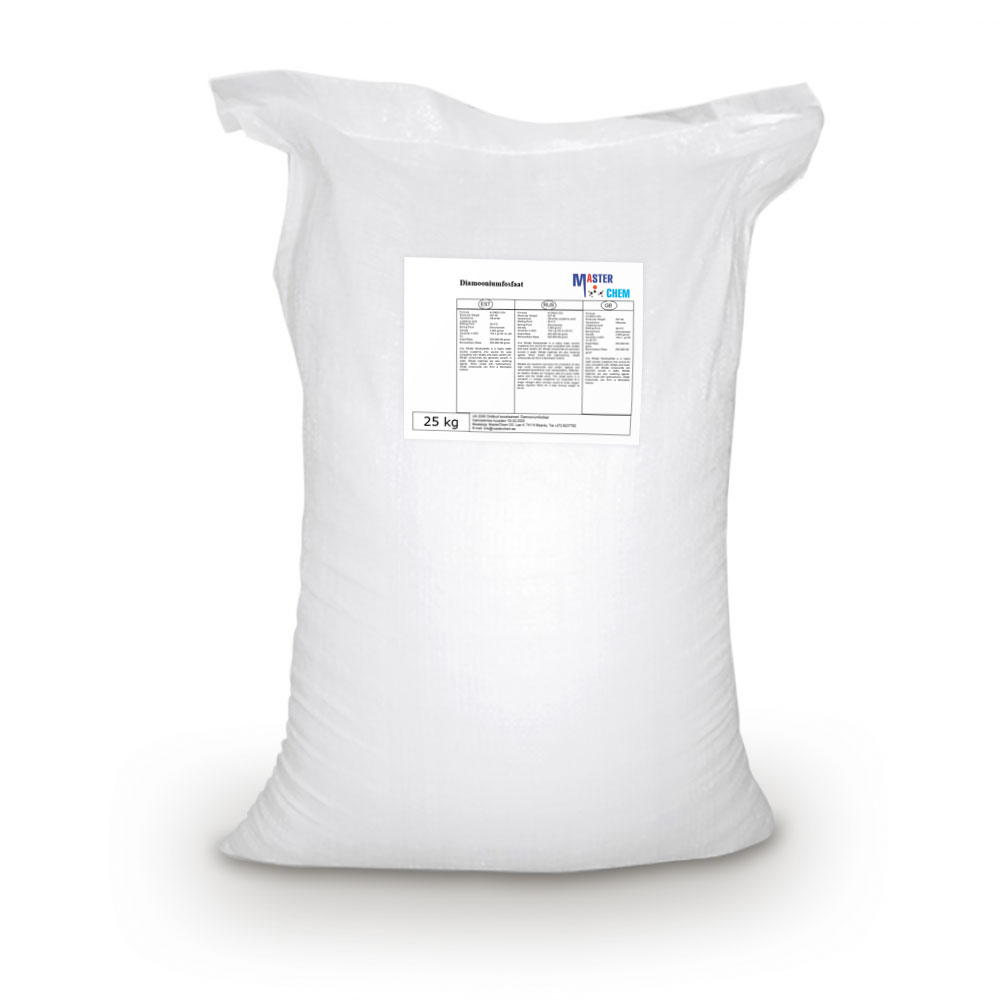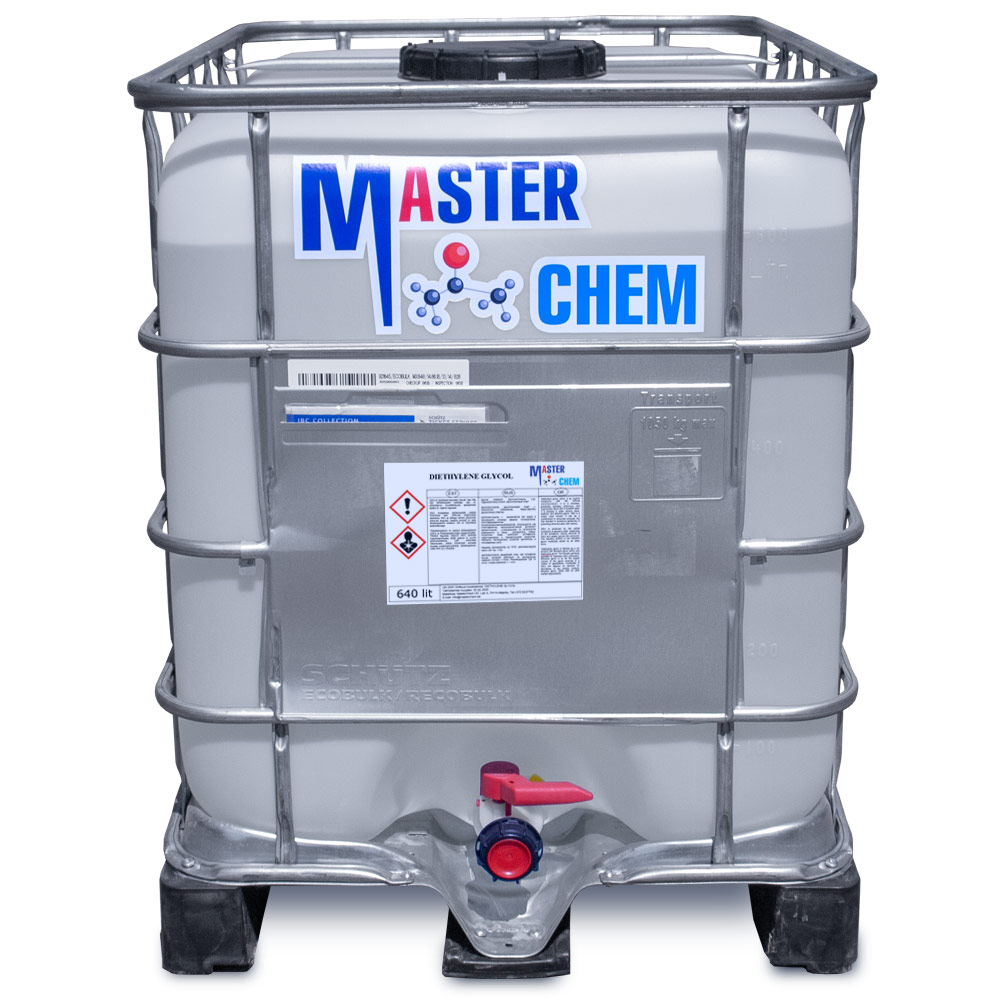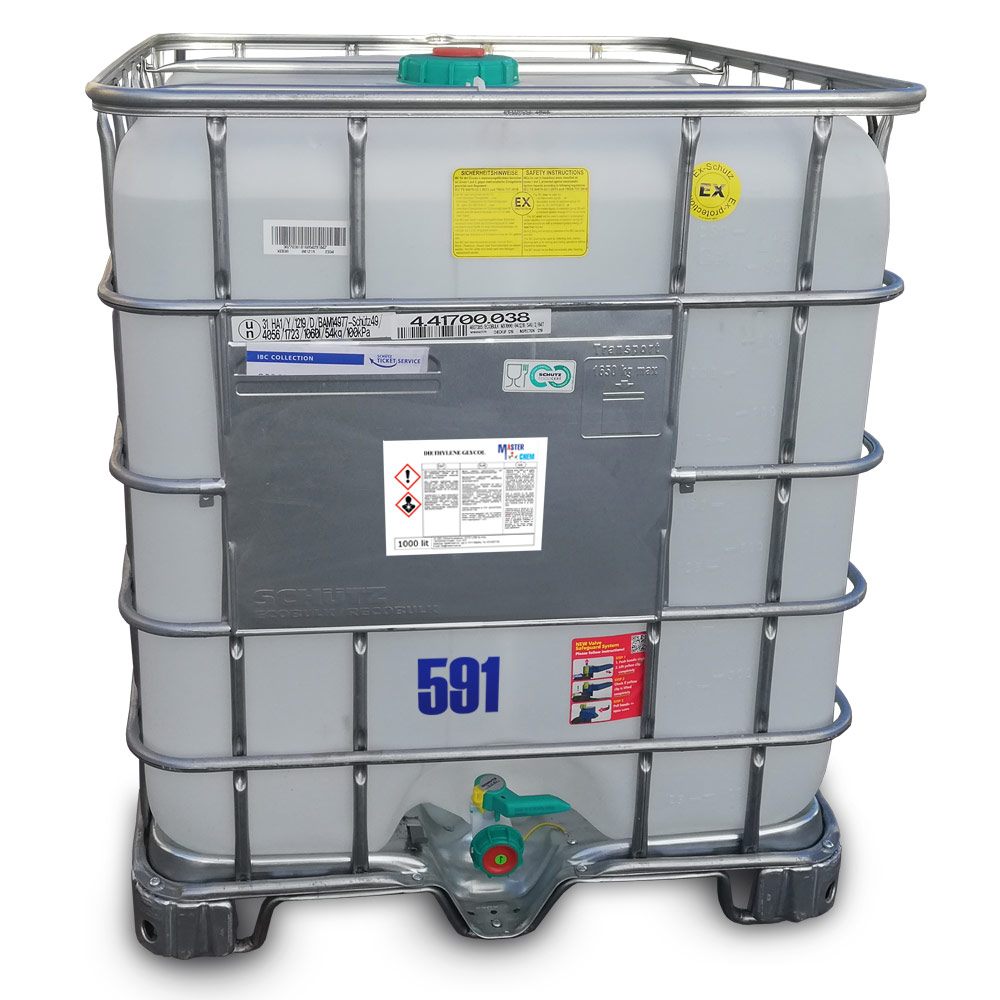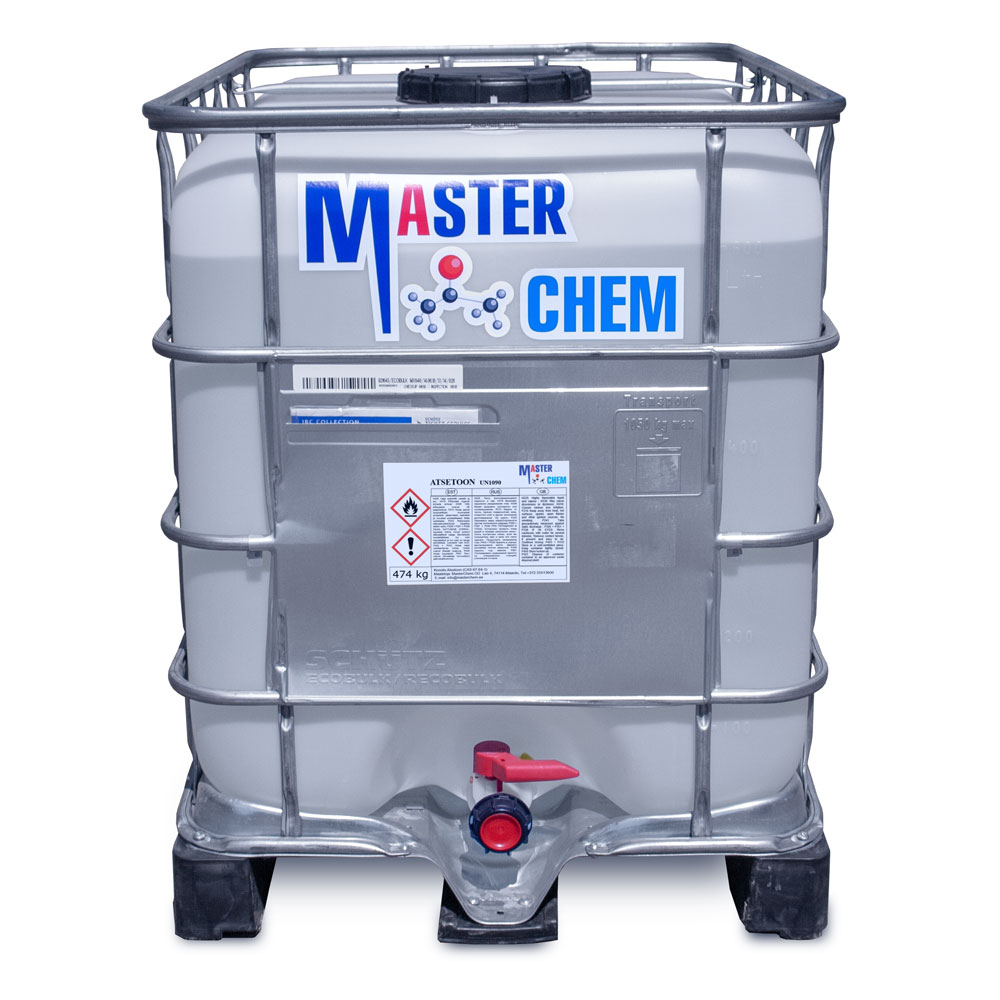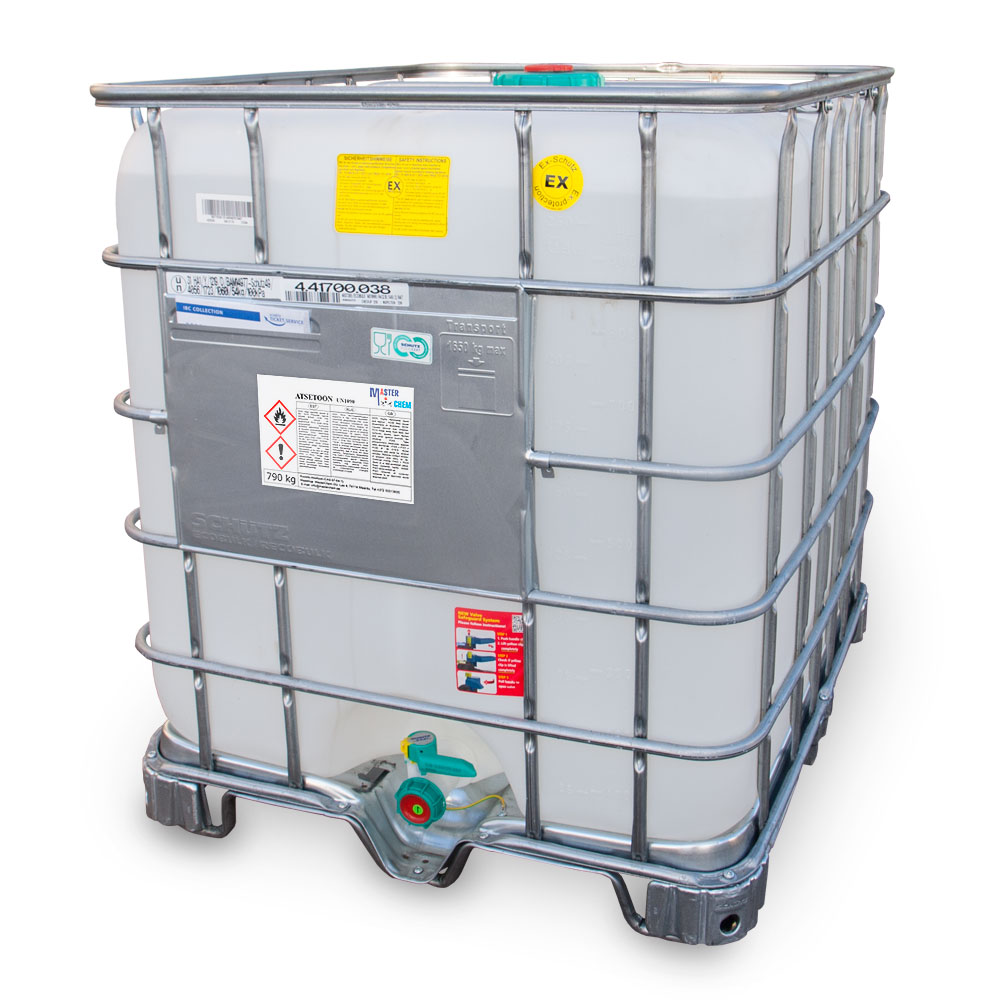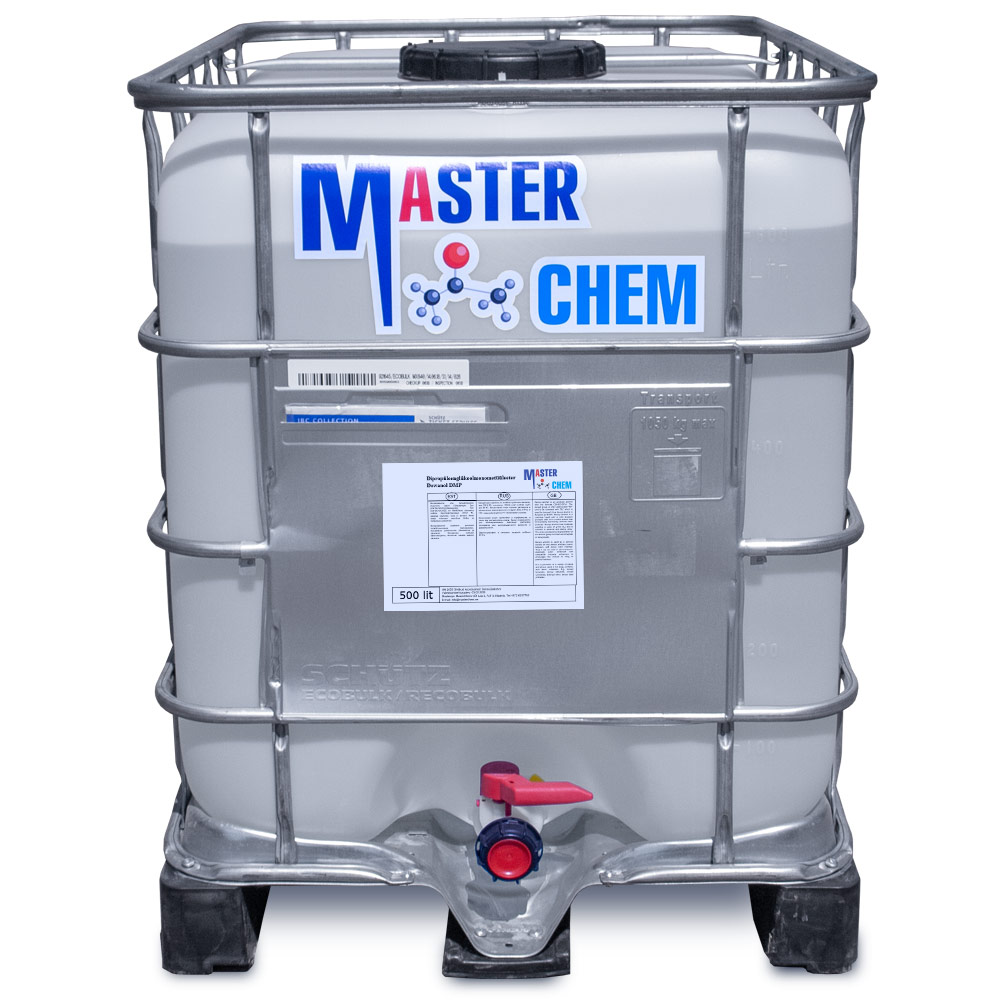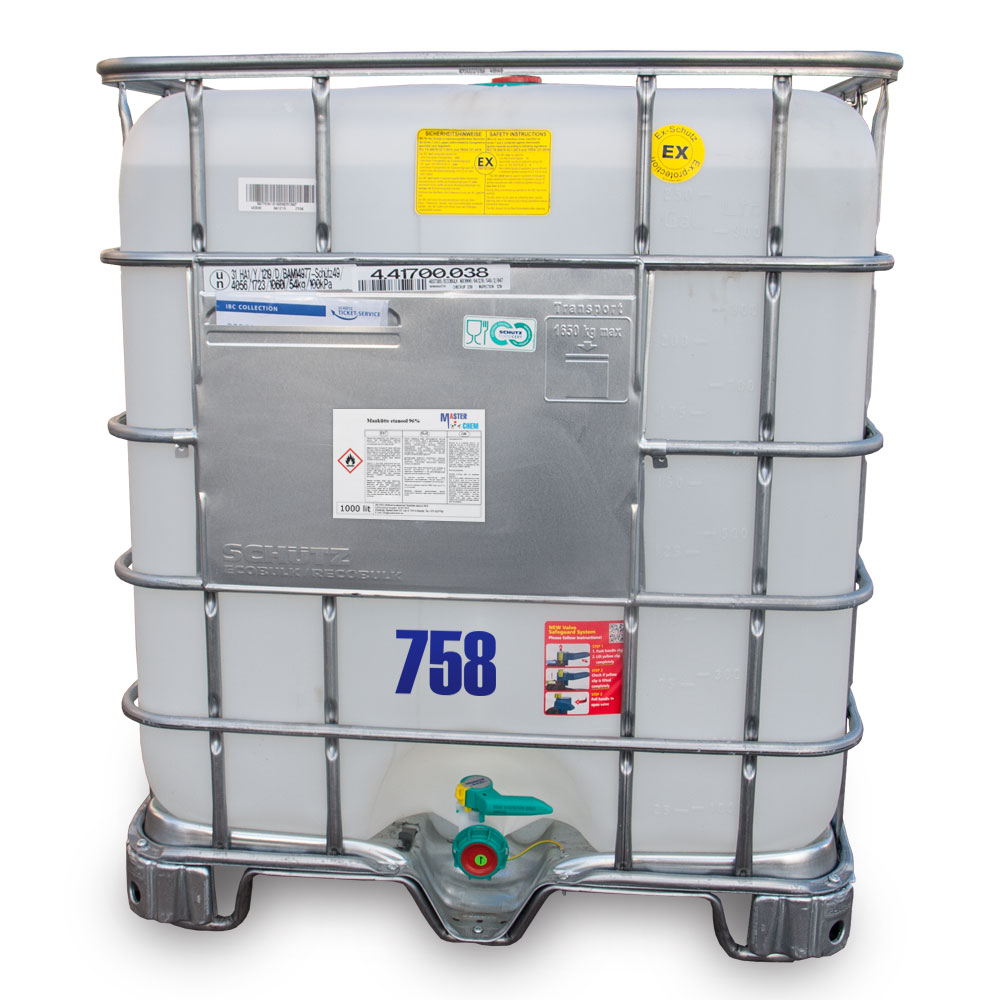Currently Empty: €0.00
Coolant Master ECO-30PRO™ heat transfer liquid
High-quality coolant based on propylene glycol, with the addition of innovative, depletion-resistant corrosion inhibitors.
Master ECO-30PRO™ is non-toxic and completely environmentally friendly; it can be used in heating systems of both public and residential buildings. Suitable for use in the food and pharmaceutical industries.
Our product is non-aggressive to plastic, textiles, rubber, and other materials.
The prepared propylene glycol solution is completely fireproof and its use eliminates the possibility of explosion.
Coolant Master ECO-40PRO™ heat transfer liquid
High-quality coolant based on propylene glycol, with the addition of innovative, depletion-resistant corrosion inhibitors.
Master ECO-40PRO™ is non-toxic and completely environmentally friendly; it can be used in heating systems of both public and residential buildings. Suitable for use in the food and pharmaceutical industries.
Our product is non-aggressive to plastic, textiles, rubber, and other materials.
The prepared propylene glycol solution is completely fireproof and its use eliminates the possibility of explosion.
Coolant Master ECO-50PRO™ heat transfer liquid
High-quality coolant based on propylene glycol, with the addition of innovative, depletion-resistant corrosion inhibitors.
Master ECO-50PRO™ is non-toxic and completely environmentally friendly; it can be used in heating systems of both public and residential buildings. Suitable for use in the food and pharmaceutical industries.
Our product is non-aggressive to plastic, textiles, rubber, and other materials.
The prepared propylene glycol solution is completely fireproof and its use eliminates the possibility of explosion.
Diammonium Phosphate (CAS 7783-28-0)
Diammonium Phosphate (CAS 7783-28-0)
Diammonium phosphate (DAP; IUPAC name diammonium hydrogen phosphate; chemical formula (NH4)2(HPO4) is one of a series of water-soluble ammonium phosphate salts that can be produced when ammonia reacts with phosphoric acid.
According to the diammonium phosphate MSDS from CF Industries, Inc., decomposition starts as low as 70 °C: “Hazardous Decomposition Products: Gradually loses ammonia when exposed to air at room temperature. Decomposes to ammonia and monoammonium phosphate at around 70 °C (158 °F). At 155 °C (311 °F), DAP emits phosphorus oxides, nitrogen oxides and ammonia.”
Diethylene glycol (CAS 111-46-6)
Other names: 2,2′-Oxydi(ethan-1-ol), 2,2′-Oxybis(ethan-1-ol), 2-(2-Hydroxyethoxy)ethan-1-ol, Diethylene glycol, Ethylene diglycol, Diglycol, 2,2′-Oxybisethanol, 2,2′-Oxydiethanol, 3-Oxa-1,5-pentanediol, Dihydroxy diethyl ether
Diethylene glycol (DEG) is an organic compound with the formula (HOCH2CH2)2O. It is a colorless, practically odorless, poisonous, and hygroscopic liquid with a sweetish taste. It is miscible in water, alcohol, ether, acetone, and ethylene glycol.DEG is a widely used solvent. It can be a contaminant in consumer products; this has resulted in numerous epidemics of poisoning since the early 20th century.
CAS 111-46-6
Dipropylene glycol (CAS 110-98-5)
Other names: Dipropylene glycol, 4-Oxa-1,6-hexandiol, 1,1′-Oxybis(1-propanol), 1,1′-Oxybis(2-propanol)
Dipropylene glycol is a mixture of three isomeric chemical compounds, 4-oxa-2,6-heptandiol, 2-(2-hydroxy-propoxy)-propan-1-ol, and 2-(2-hydroxy-1-methyl-ethoxy)-propan-1-ol. It is a colorless, nearly odorless liquid with a high boiling point and low toxicity.
CAS 110-98-5
Dipropylene glycol monomethyl ether Dowanol DMP (CAS 34590-94-8)
Dipropylene glycol monomethyl ether Dowanol DMP (CAS 34590-94-8)
Di(propylene glycol) methyl ether is an organic solvent with a variety of industrial and commercial uses. It finds use as a less volatile alternative to propylene glycol methyl ether and other glycol ethers. The commercial product is typically a mixture of four isomers.
Ethanolamine (CAS 141-43-5)
Ethanolamine (CAS 141-43-5)
Ethanolamine (2-aminoethanol, monoethanolamine, ETA, or MEA) is an organic chemical compound with the formula HOCH2CH2NH2 (C2H7NO). The molecule is bifunctional, containing both a primary amine and a primary alcohol. Ethanolamine is a colorless, viscous liquid with an odor reminiscent of ammonia. Its derivatives are widespread in nature; e.g., lipids, as precursor of a variety of N-acylethanolamines (NAEs), that modulate several animal and plant physiological processes such as seed germination, plant–pathogen interactions, chloroplast development and flowering, as well as precursor, combined with arachidonic acid (C20H32O2; 20:4, ω-6), to form the endocannabinoid anandamide (AEA: C22H37NO2; 20:4, ω-6).
The ethanolamines comprise a group of amino alcohols. A class of antihistamines is identified as ethanolamines, which includes carbinoxamine, clemastine, dimenhydrinate, Chlorphenoxamine, diphenhydramine and doxylamine.

